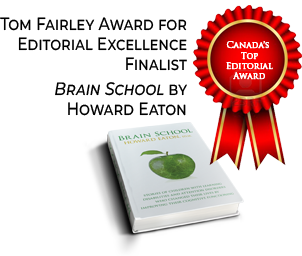
Dialogue in fiction: Part III – The nuts and bolts
This is the third article in my series on how to write effective dialogue in fiction. In the first article, I covered foreign accents and dialects. The second covered the essentials: realism through artifice, the four purposes of dialogue, and creating distinction between characters. Today, I’ll focus on the mechanics of dialogue—dialogue tags—but first I’ll explain how to balance dialogue and narrative.






